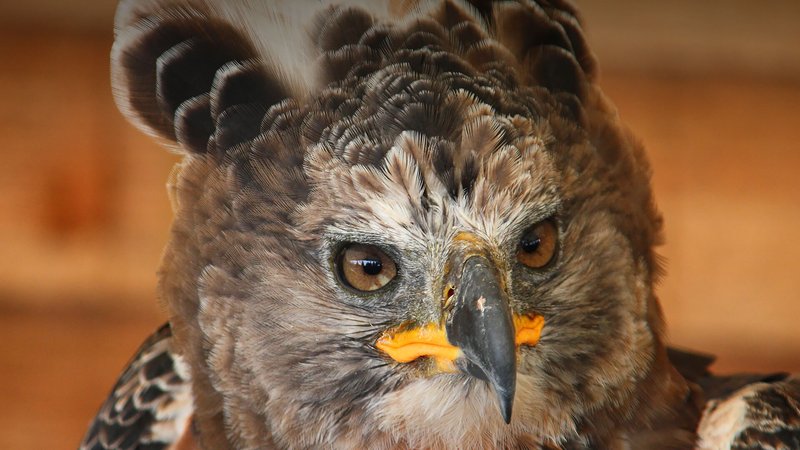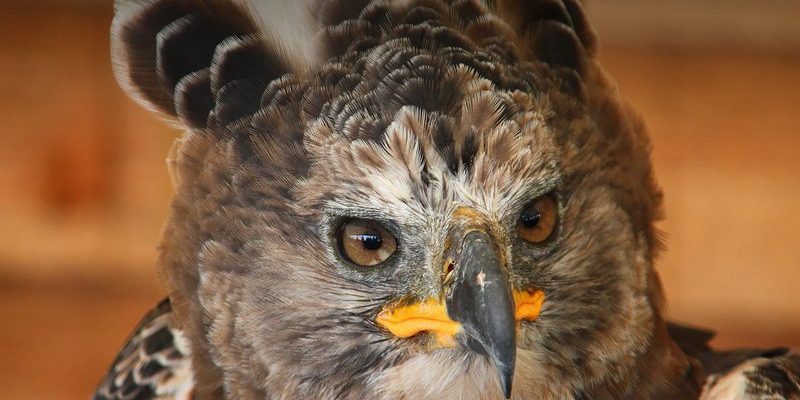
Local cultures often weave animals into their narratives. They use them as symbols, guardians, and even as lessons for life. The crowned eagle, in particular, symbolizes a blend of wisdom and ferocity, making it a fascinating subject in folklore. Let’s dive into the notable roles this bird plays across different cultures and explore why it’s more than just a bird of prey.
Symbol of Power and Strength
In many African cultures, the crowned eagle is seen as a symbol of power. Its impressive wingspan and hunting skills inspire respect and admiration. For communities that rely on agriculture or livestock, seeing a crowned eagle can evoke a sense of awe. Its sharp eyesight and hunting prowess remind people of the raw power of nature.
Many tribes tell stories of warriors who embody the qualities of the crowned eagle: courage, strength, and a sharp mind. These stories often serve as a way to pass down values from one generation to the next. You might hear tales of a brave hunter who, like the crowned eagle, can spot danger from afar and protect his people.
In festivals and rituals, representations of the crowned eagle are often used. Masks and carvings might depict this majestic bird, reminding everyone of the strength they aspire to attain. This imagery is not just for show; it reflects a cultural reverence for the eagle and what it represents.
Cultural Folklore and Myths
Folklore surrounding the crowned eagle is rich and varied. Many stories depict it as a messenger of the gods, symbolizing divine intervention. In some tales, these eagles are believed to carry messages from the spirit world to the living, bridging the gap between humanity and the divine.
Here’s the thing: When you hear about these myths, they often involve a moral lesson. For example, a story might tell of a young girl who saves her village from drought after being guided by a crowned eagle. This narrative highlights the importance of listening to nature and respecting the messages it offers.
In other cultures, the crowned eagle is tied to creation myths. Some tribes believe that the eagle descended from the heavens, bringing life to the earth. These stories highlight not just the eagle’s beauty and strength but also its significance in the cycle of life.
Protective Spirits and Guardianship
In various communities, the crowned eagle is viewed as a protector. People believe that these birds can watch over the land and its inhabitants. This guardian role is especially prevalent among indigenous cultures. Some tribes believe that the crowned eagle can sense trouble, alerting them to dangers they might not see.
Rituals and ceremonies often honor the crowned eagle in this protective capacity. For instance, certain rites might include offerings to ensure that the eagle will continue to guard the tribe. These acts demonstrate a deep connection to nature and an understanding of the balance needed between people and wildlife.
This reverence for the crowned eagle can also be seen in art. Many local artists create stunning representations of the eagle, infusing their work with elements of spirituality and protection. These pieces often become part of community gatherings, fostering unity and shared values.
Environmental Significance
Beyond its cultural roles, the crowned eagle plays a crucial part in ecosystem health. As a top predator, it helps maintain the balance within its environment. By controlling the populations of smaller animals, it ensures that ecosystems remain dynamic and healthy.
For many communities, understanding this role enriches their cultural narratives. They see the crowned eagle not just as a symbol but as a vital player in the intricate web of life. This perspective fosters a sense of stewardship over nature, encouraging people to protect their environment.
You might be wondering how communities express this environmental appreciation. Many schools and organizations take part in conservation efforts, highlighting the importance of the crowned eagle and its habitat. By combining cultural storytelling with real-world action, they create a bond between tradition and modern environmentalism.
Adaptation and Change
Like any story, the place of the crowned eagle in local folklore is not static. It adapts to changes in society, technology, and the environment. As cultures evolve, so do the stories people tell about the crowned eagle. This adaptability keeps the eagle relevant, allowing it to maintain its significance among younger generations.
For example, as urban areas grow, some communities start to view the crowned eagle differently. It may become a symbol of resilience in the face of urbanization and environmental challenges. Stories might shift to reflect new realities, showcasing how the eagle continues to thrive despite these changes.
Moreover, modern conservation efforts often integrate traditional knowledge about the crowned eagle. This blending of old and new helps people understand the importance of preserving not only the eagle but also the rich cultures that celebrate it.
The crowned eagle is more than just a bird; it’s a powerful symbol woven into the fabric of local cultures and folklore. From representing strength and wisdom to serving as a protective spirit, this magnificent bird carries deep meanings for those who revere it.
As we explore these stories and traditions, we gain a greater appreciation for the connection between nature and culture. The crowned eagle reminds us of the powerful roles animals play in our lives and the lessons they can teach us about our place in the world. So next time you think of an eagle soaring through the sky, remember that it’s not just about the flight but the stories that unfold below.

